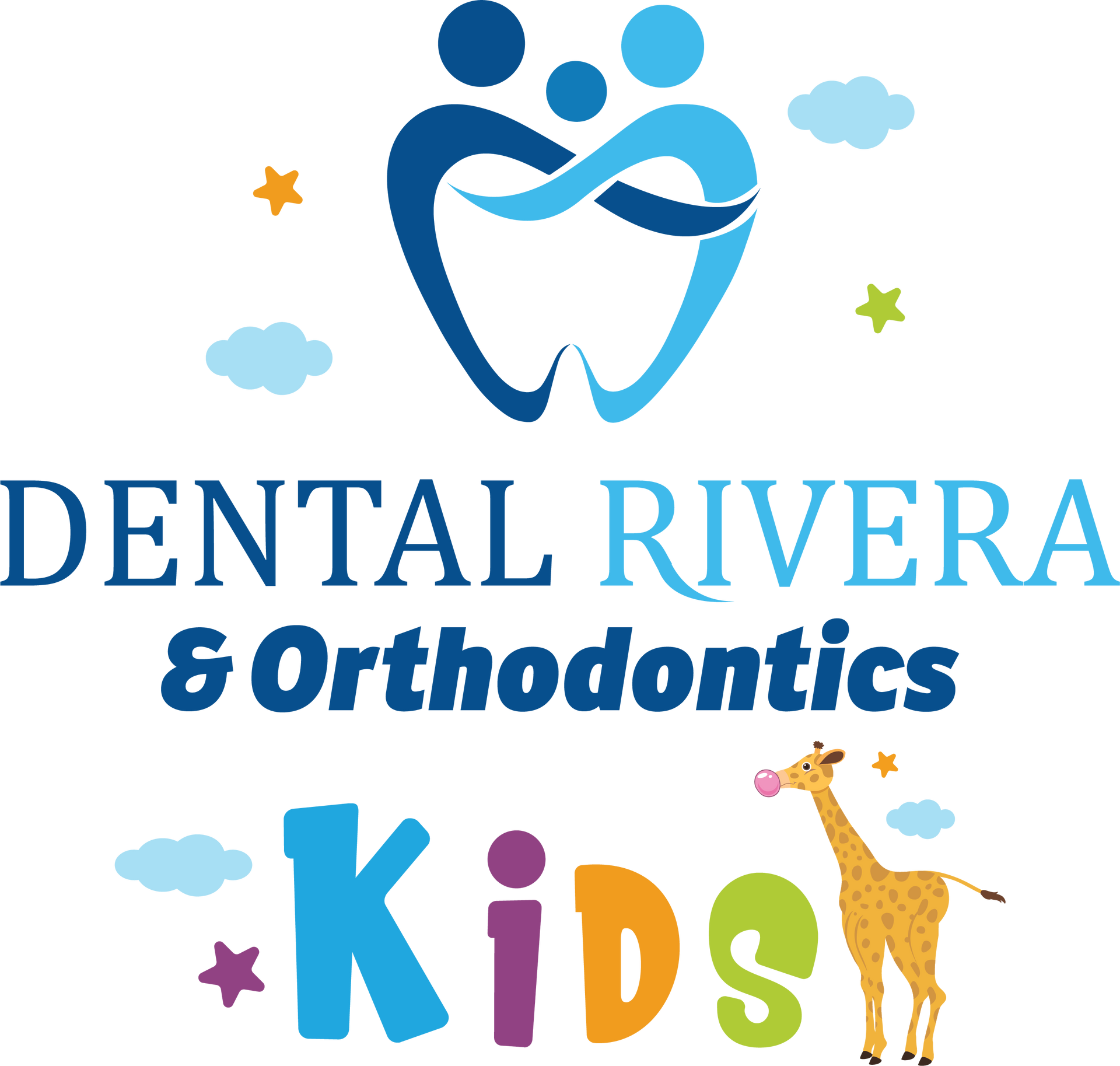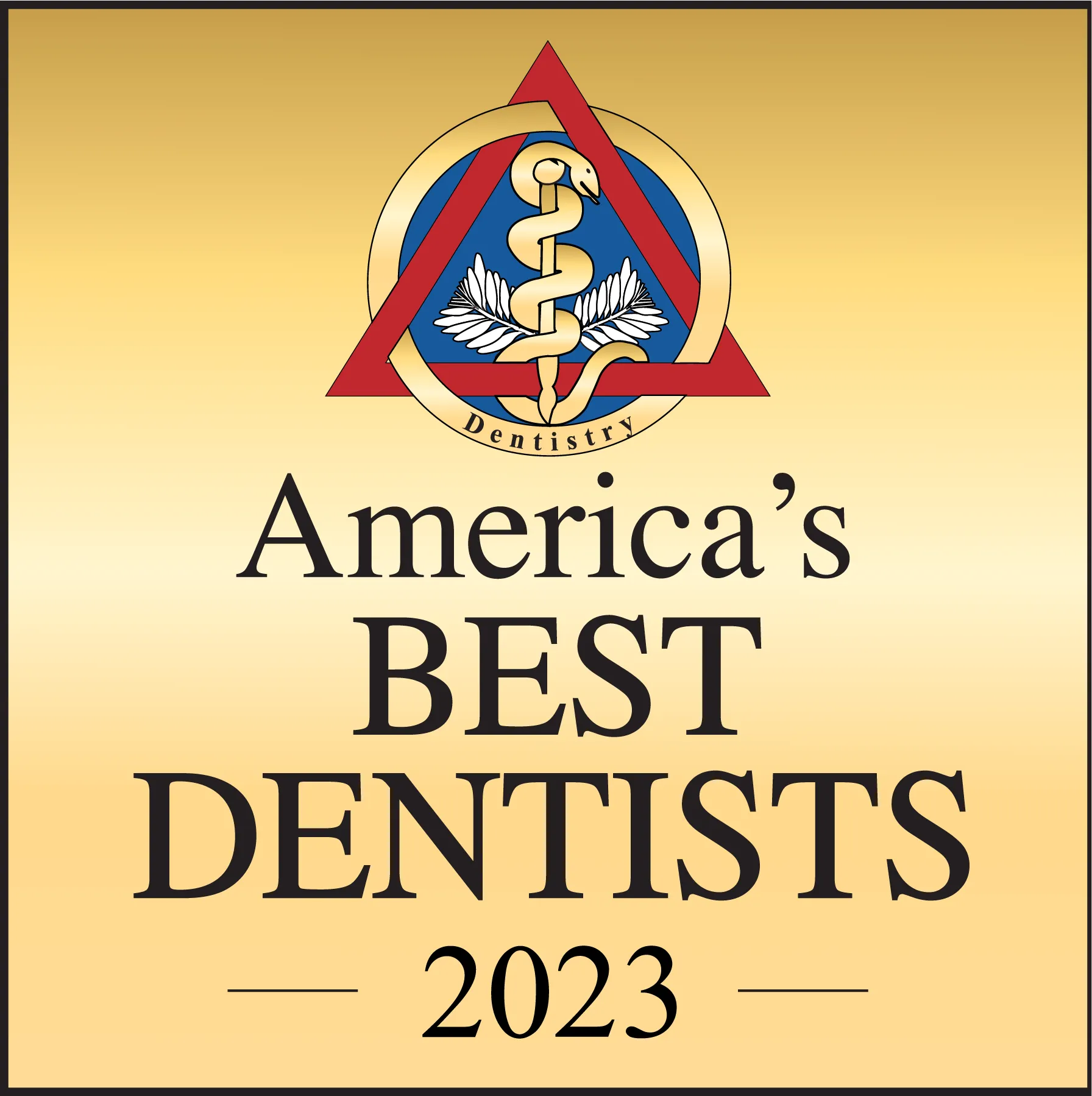
Pediatric Dental Care
CLEANING & PREVENTIVE
SERVICES
Dental Exams
Child Appropriate X-Rays
At Dental Rivera, we only use the safest and lowest dose radiation digital x-rays. We follow the American Academy of Pediatric Dentistry’s Guidelines for taking x-rays and employ a method known as ALARA, which stands for as “As Low as Reasonably Achievable.” This method means that we only take the x-rays necessary in order to diagnose and provide our patients with the most accurate understanding of their oral health. In addition, we use protective equipment to ensure maximum patient safety such as iron shields covering the patient's chest and neck.
X-rays are necessary and important because they help the dentist detect what is not visible to the naked eye. Not all children require x-rays at their dental visit. Please ask your Dental Rivera pediatric specialist for more information and if your child needs x-rays.
Pediatric Dental Cleaning
A pediatric dental cleaning is a crucial step in maintaining your child's oral health and is a professional teeth cleaning procedure specifically designed for children. At our California dental clinic, we take pride in offering a calm, welcoming environment to ensure your child feels at ease throughout the process. During the cleaning, a skilled dental hygienist or pediatric dentist in Los Angeles will use specialised tools to remove any buildup of plaque and tartar from your child’s teeth. We understand that dental visits can be stressful for children, which is why we customise our approach to make the experience as pleasant and stress-free as possible.
For younger patients or those with special needs, who may find the polishing brush overwhelming, we offer alternative methods, such as using a soft toothbrush, to ensure effective cleaning while building trust with your child. This helps them understand that a dental cleaning is a simple and fear-free process.
The cleaning may also include a fluoride treatment, which strengthens tooth enamel and protects against decay. As the best dentist for kids, we strive to create positive experiences that promote lifelong oral hygiene habits, setting your child on the path to a healthy smile.
Pediatric dental care cleanings are important for maintaining good oral health in children, as they can help prevent cavities, gum disease, and other dental problems. It's recommended that children receive regular dental cleanings every six months, or as recommended by their dentist.
Silver Diamine Fluoride
Silver diamine fluoride (SDF) is a liquid substance that contains both silver and fluoride. SDF works by both killing the bacteria that cause cavities and also hardening the remaining tooth structure. This can help to stop the progression of a cavity and prevent further damage to the tooth. SDF is typically applied directly to the cavity using a small brush or applicator.
One of the benefits of SDF is that it can be an effective treatment for cavities in children or adults who have difficulty tolerating dental procedures such as drilling or filling. However, SDF does have some limitations. It can only be used on cavities that are in the early stages and cannot be used to repair teeth that have been extensively damaged by decay.
Additionally, SDF does have some side effects such as a dark discoloration of the treated area, and it may cause some temporary sensitivity. However, overall, SDF is considered safe and has been approved by the U.S. Food and Drug Administration for use in the United States. It is important to discuss the risks and benefits of SDF treatment with your Dental Rivera specialist to determine if it is an appropriate option for your dental needs.
Dental Abscess
What is the bump on my child's gums?
The bump is known as a dental abscess, which is defined as a pocket of pus that forms in the mouth due to a bacterial infection. It usually occurs as a result of tooth decay or gum disease, but can also be caused by a dental injury or trauma.
The symptoms of a dental abscess can include severe tooth pain, sensitivity to hot and cold temperatures, swelling of the face or gums, fever, and difficulty opening the mouth. In some cases, the abscess may rupture and release pus, which can provide temporary relief but will not solve the underlying problem.
If left untreated, a dental abscess can lead to more serious complications such as a spreading infection, which can be life-threatening. Treatment for a dental abscess typically involves draining the abscess and removing the source of the infection. This may involve a baby root canal procedure, extraction of the affected tooth, or antibiotic therapy.
It is important to seek prompt pediatric dental care if you suspect you have a dental abscess, as early treatment can help prevent further complications and save the affected tooth. Your dentist at Dental Rivera will be able to diagnose and provide the appropriate treatment for your specific situation.
Filling
Dental fillings are materials used to repair and restore teeth that have been damaged by decay or trauma, often leading to broken tooth structure. The filling material is placed into the cavity or hole created by the decay or injury to help restore the tooth's shape, function, and appearance.
Here at Dental Rivera, we only use composite (white filling) material. Composite resin is the most commonly used filling material because it can be matched to the color of the tooth, making it more aesthetically pleasing than other types of fillings. We do not use amalgam, also known as silver fillings.
Sealants (Tooth Protection)
Dental sealants are thin, plastic coatings that are applied to the chewing surfaces of the back teeth (premolars and molars). These teeth have fissures and grooves that are difficult to clean, making them more susceptible to decay. Sealants help to protect these teeth by sealing the fissures and grooves, preventing bacteria and food particles from getting trapped and causing decay.
The process of applying sealants is simple and painless. The teeth are first cleaned and dried, and then a mild acidic solution is applied to the surface to help the sealant bond to the tooth. The sealant is then painted onto the tooth and hardened with a special light.
Sealants are commonly used in pediatric dental care for children and teenagers, but they can also be used in adults who have a high risk of tooth decay. Sealants can last for several years, and they are an effective way to prevent tooth decay in the back teeth. However, it's important to note that sealants do not replace good oral hygiene practices such as brushing and flossing, and regular dental check-ups.
Pulpotomy/Pulpectomy (Baby Root Canal)
Ever heard the term “baby root canal?” This generally refers to a pulpotomy or pulpectomy. This procedure is often used to maintain baby teeth with decay reaching close to or into the nerve without infection. During this procedure the dentist will numb the patient, clean out the decay, clean out the part of the nerve that has been affected by the cavity, place a base and likely restore the tooth with a crown as much of the tooth structure is removed during this procedure. The goal of a pulpotomy is to remove the damaged or infected pulp tissue, clean and disinfect the area, and then seal the tooth to prevent further decay or infection. Most patients report minimal to no pain after this procedure.
After a pulpotomy, the remaining healthy pulp in the roots of the tooth can continue to support the tooth's growth and development until it naturally falls out. If the tooth is not treated with a pulpotomy, the infection or decay can spread to the roots of the permanent tooth and surrounding tissues, leading to pain, swelling, and potential tooth loss.
Extractions
Not all primary teeth can be maintained with fillings and crowns, sometimes extraction is the best course of treatment for an infected or unfixable baby tooth. We administer local anesthesia, make sure our patient’s are numb and remove the baby tooth as atraumatically as possible.
Most patients will report no pain, but the pressure discomfort is commonly associated with this procedure. Pain management after extraction of a baby tooth is generally much easier than extraction of an adult tooth, most of our patients return to school the following day.
Braces
Braces are a type of orthodontic appliance that are used to straighten and align teeth, correct bite problems, and improve the overall function and appearance of the teeth and jaws.
Braces consist of brackets, which are bonded to the teeth, and archwires, which are threaded through the brackets and exert gentle pressure to move the teeth into their proper positions. Additional components, such as elastic bands or springs, may also be used to provide additional force or to correct specific problems.
There are several different types of braces available, including traditional metal braces, ceramic braces, lingual braces (which are placed on the back of the teeth), and clear aligners (such as Invisalign). The type of braces recommended will depend on the individual patient's needs and preferences, as well as the severity of their orthodontic issues.
Braces typically require regular adjustments by a dental professional to ensure that the teeth are moving correctly and to make any necessary modifications to the treatment plan. The length of time a patient will need to wear braces can vary depending on the extent of their orthodontic issues, but treatment typically lasts for several months to a few years.
Oral Sedation
Dental oral sedation for children is a type of sedation that involves the use of medication to help children relax and feel more comfortable during dental procedures. The medication is usually administered in the form of a pill or liquid, and it is given to the child before the procedure begins.
The type of medication used for dental oral sedation will depend on the child's age, weight, and medical history. Common medications used for oral sedation include benzodiazepines and barbiturates. These medications work by depressing the central nervous system, which causes the child to feel relaxed and drowsy.
During dental oral sedation, the child remains conscious and responsive, but they may have difficulty remembering the procedure afterwards. The dentist and dental team will closely monitor the child's vital signs, such as heart rate and blood pressure, to ensure their safety throughout the procedure.
Dental oral sedation can be particularly useful for children who have dental anxiety or a fear of the dentist, or who require extensive dental work that may be uncomfortable or painful. However, it is important to note that dental oral sedation does carry some risks and is not appropriate for all children. It's important to discuss any concerns or questions with your dentist at Dental Rivera or healthcare provider before considering dental oral sedation.
Nitrous Oxide
Nitrous oxide, also known as laughing gas, is a colorless and odorless gas that is commonly used in dental procedures to help patients relax and feel more comfortable. It is a safe and effective sedative that can be inhaled through a small mask that is placed over the nose.
Nitrous oxide, which is one of the safest and most effective forms of sedation, works by decreasing anxiety and pain perception, and inducing a state of relaxation. It does not put patients to sleep, but rather allows them to remain conscious and responsive during the procedure. The effects of nitrous oxide wear off quickly after the gas supply is stopped, and patients can usually resume their normal activities shortly after the procedure.
Nitrous oxide is considered safe for most patients, but it is important to discuss any concerns or medical conditions with your dentist or healthcare provider before receiving nitrous oxide sedation.

